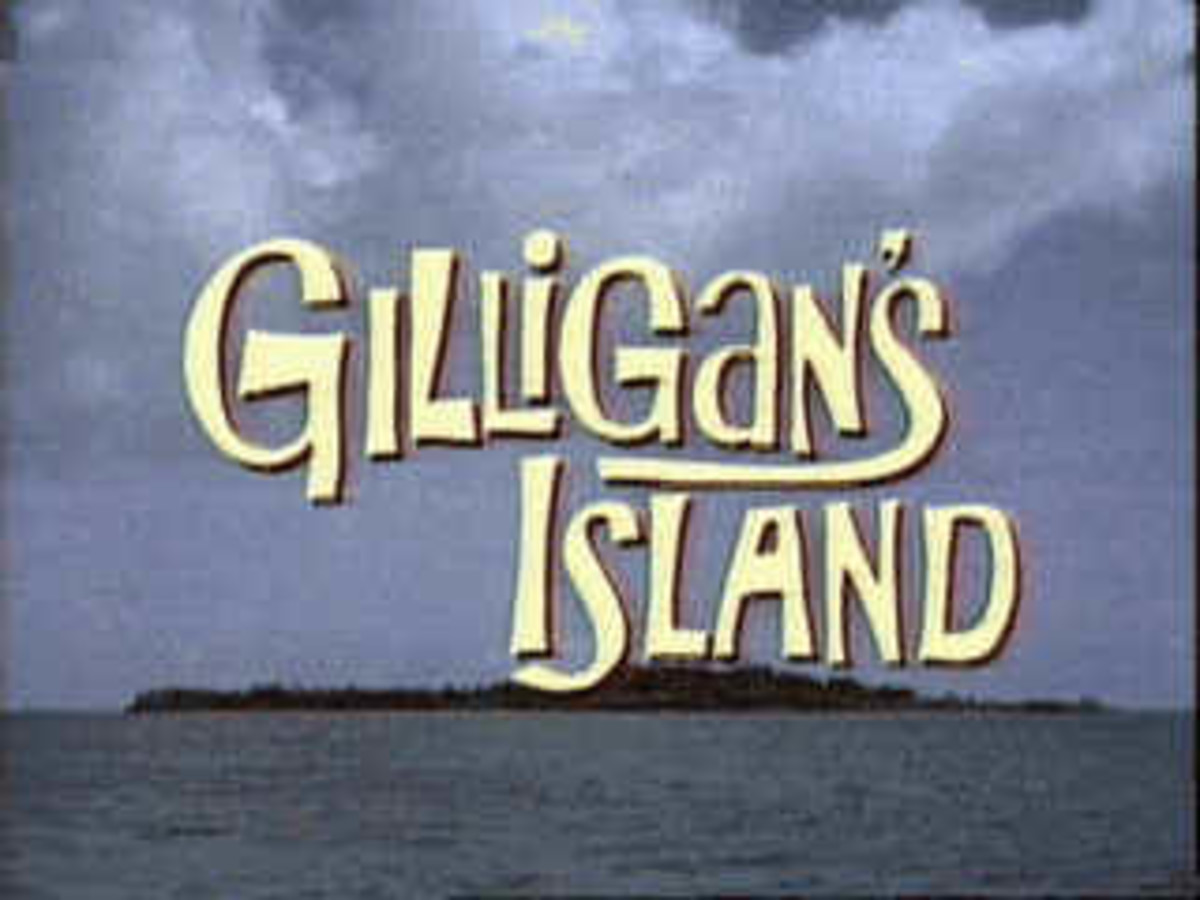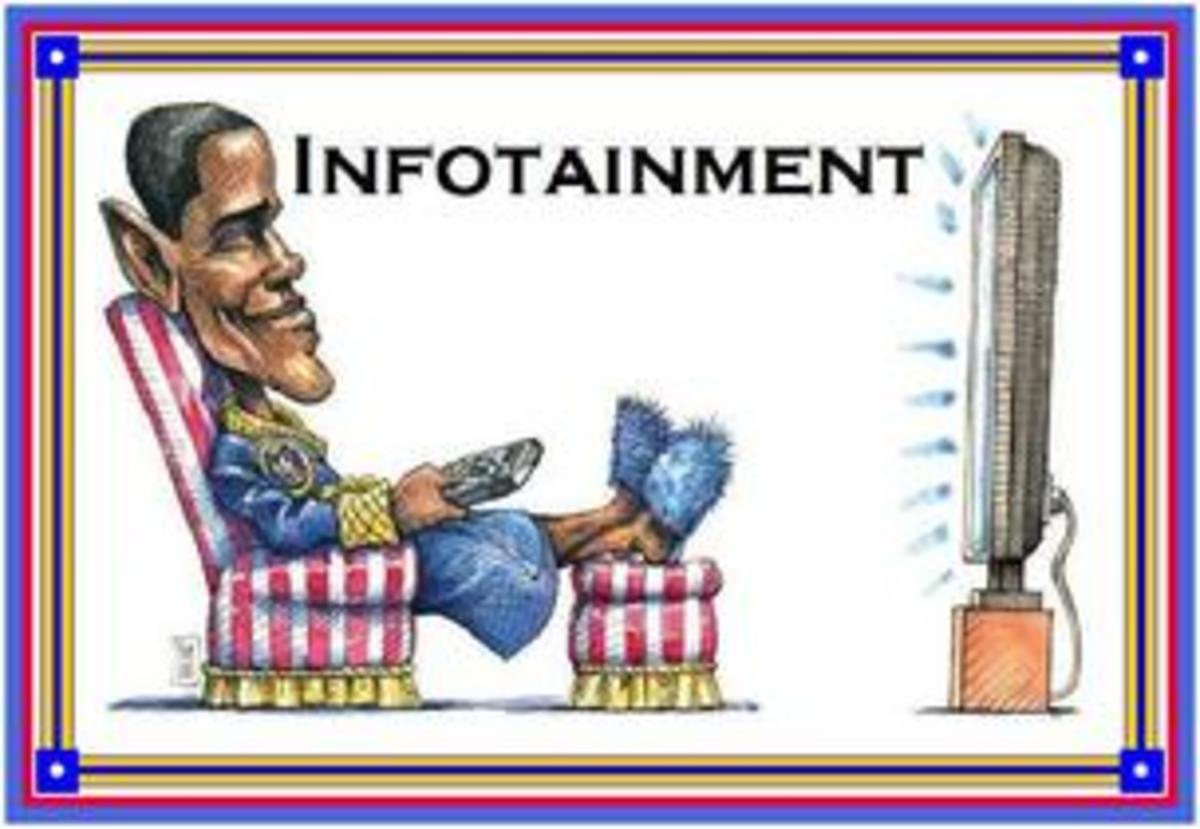TV-G: The US TV Rating System
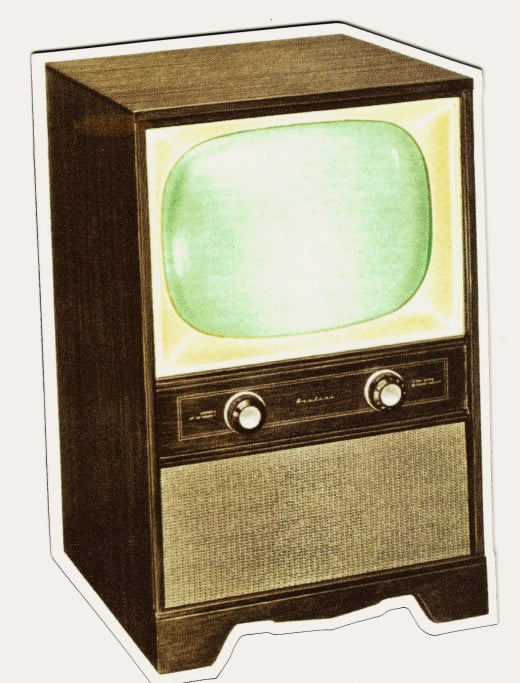
By Joan Whezel
Television content, like movie content, is ranked by a set rating system in the United States. The content of each show is ranked - or rated - based on which viewing audience it is appropriate for. For shows rated for older children and adults, the rating is further refined with Content Labels indicating the reason that the show was given that particular rating. Ratings and Content Labels are applied individually, on an episode by episode basis. This TV rating system makes it easier for parents to monitor what their children are watching and block those programs that may not be suitable for their children.
TV Rating System in US
The US Congress, the FCC, and the television industry in general first proposed a Parental Guideline system for TV programs in 1996, with the system going into effect in January of 1997 by most broadcast and cable networks. This Rating System was created and put into use because of parental demands due to the increasing explicitness, profanity, and violence of shows appearing on the television. Use of the ratings by all networks was voluntary, and the program ratings were decided, individually, by each station that participated in the program. The Parental TV Guidelines are standardized, like the movie ratings, and are kept simple so that they are easily recognizable. The TV Ratings are situated in the upper left-hand corner of the TV screen at the beginning of each TV show, and usually reappear after commercial breaks.
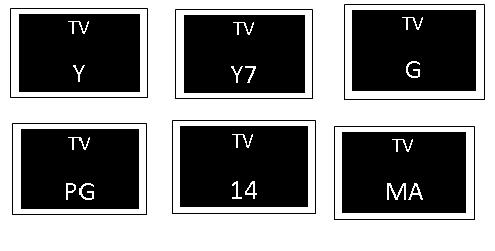
The Ratings
There are 6 Ratings for TV shows based on which audiences the program is aimed at. The ratings include:
1. TV-Y: These early-childhood shows are appropriate for all children, especially those in pre-k and kindergarten.
2. TV-Y7: These programs are fitting for audiences 7 years old and up. They may include some slapstick violence that is cartoonlike, gross humor (inappropriate for younger audiences), minor innuendo, or themes and stories that could be seen as too controversial for younger audiences.
3. TV-G: Like G-rated movies, G-rated TV shows are suitable for general audiences. They include very little - if any - adult themes, innuendo, violence, or bad language. The content if these shows are not offensive and include cooking shows, religious shows, and classic TV reruns.
4. TV-PG: Similar to PG movies, PG-ratings for TV programs require some parental guidance. The shows contain occasional mild language or sexual references, violence that is mild to moderate, and themes or dialogue that may be suggestive in nature.
5. TV-14: These programs are inappropriate for audiences under the age of 14 years and parents are strongly cautioned. Violence is often realistic, sexual references are moderate, foul language is moderate and may be bleeped out, and the sexual innuendo is also moderate.
6. TV-MA: Shows with a Mature Audiences rating compare, roughly, to an R-rated movie. These are not children's programs. They contain strong language, explicit sexual subject matter and nudity, as well asvivid and realistic violence
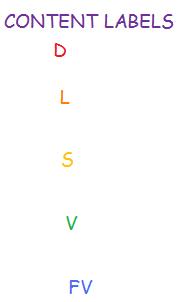
The Content Labels
There are 5 Content Labels, all letters, that designate the reason for the rating. The Content Labels are:
· D: Dialogue - the label given to PG and TV-14 programs containing dialogue with sexual, violent, disturbing or drug-related references.
· L: Offensive Language - the label applied to PG, TV-14, and MA ratings to indicate that the show contains profanity, vulgar slang, racial or ethnic slurs, and the like.
· S: Sexual Situations - the label applied to PG, TV-14, and MA rated shows to imply that the shows include sexual content which may include innuendo, intercourse, nudity, and alternative lifestyle references, as well as references to sex acts and fetishes.
· V: Violence - the label applied to PG, TV-14, and MA rated shows to indicate violence, gory visuals, threats and threatening behavior, and scene that portray danger and traumatic events.
Resources
Wikipedia. Television Content Rating Systems.
http://en.wikipedia.org/wiki/Television_content_rating_systems#United_States
The TV Parental Guidelines. About the TV Ratings and V-Chip.
Parents TV. TV Ratings.






